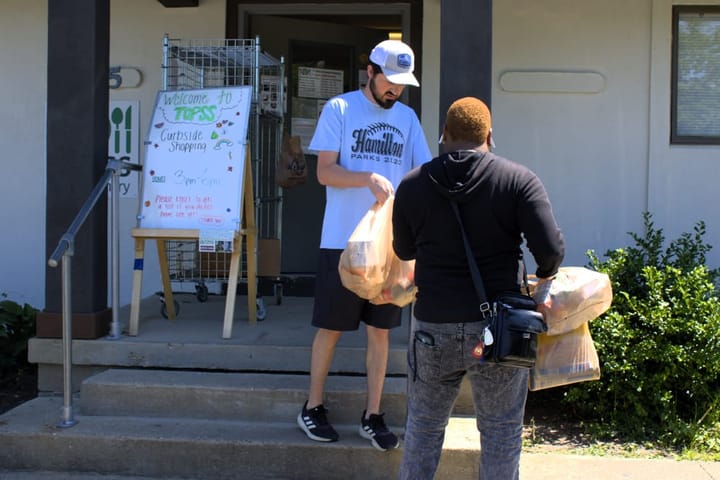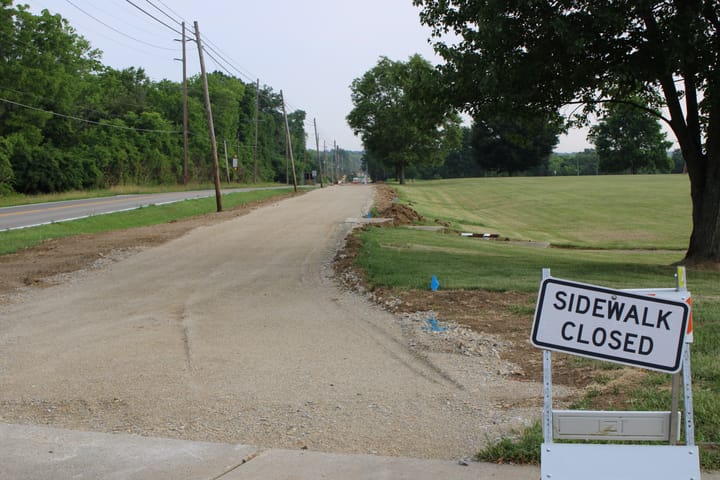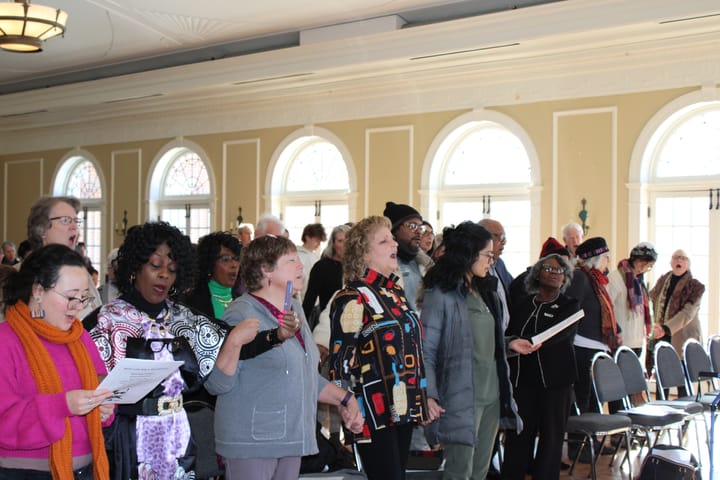National Solar Tour brings Oxford community together around sustainable energy
Oxford residents are embracing home solar power and sharing their experiences with the community.
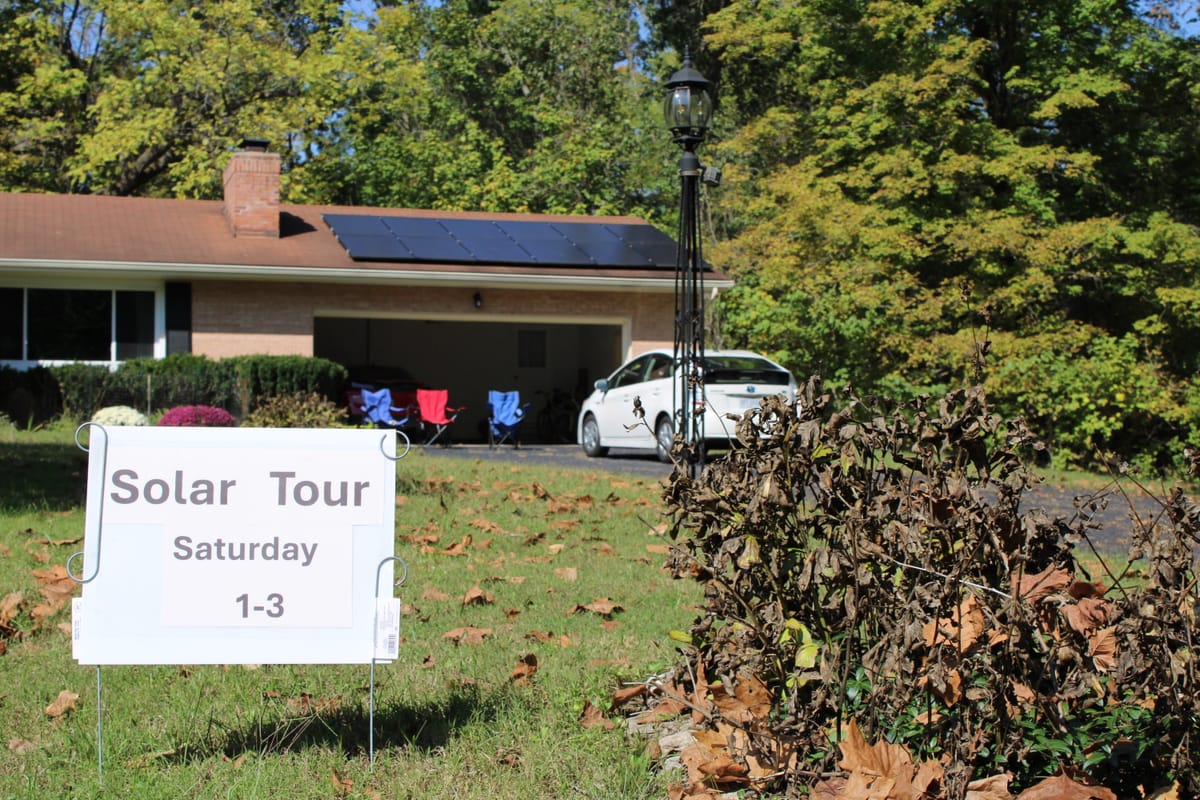
This past weekend, five Oxford residents opened their homes to community members for the National Solar Tour, providing an opportunity to learn more about the individual experience of adopting renewable energy.
Peggy Branstrator, an Oxford resident and member of the Climate Action Steering Committee, attended solar open houses in the past and decided to bring the National Solar Tour to Oxford.
“There are various groups doing this, but there hasn’t really been a group in Oxford doing this, but I figured we got and I know several of these people that have solar panels on their house,” Branstrator said.
The National Solar Tour, a grassroots program hosted by the American Solar Energy Society, has been running for 29 years. The event aims to “promote renewable energy awareness and increase the adoption of solar energy.”
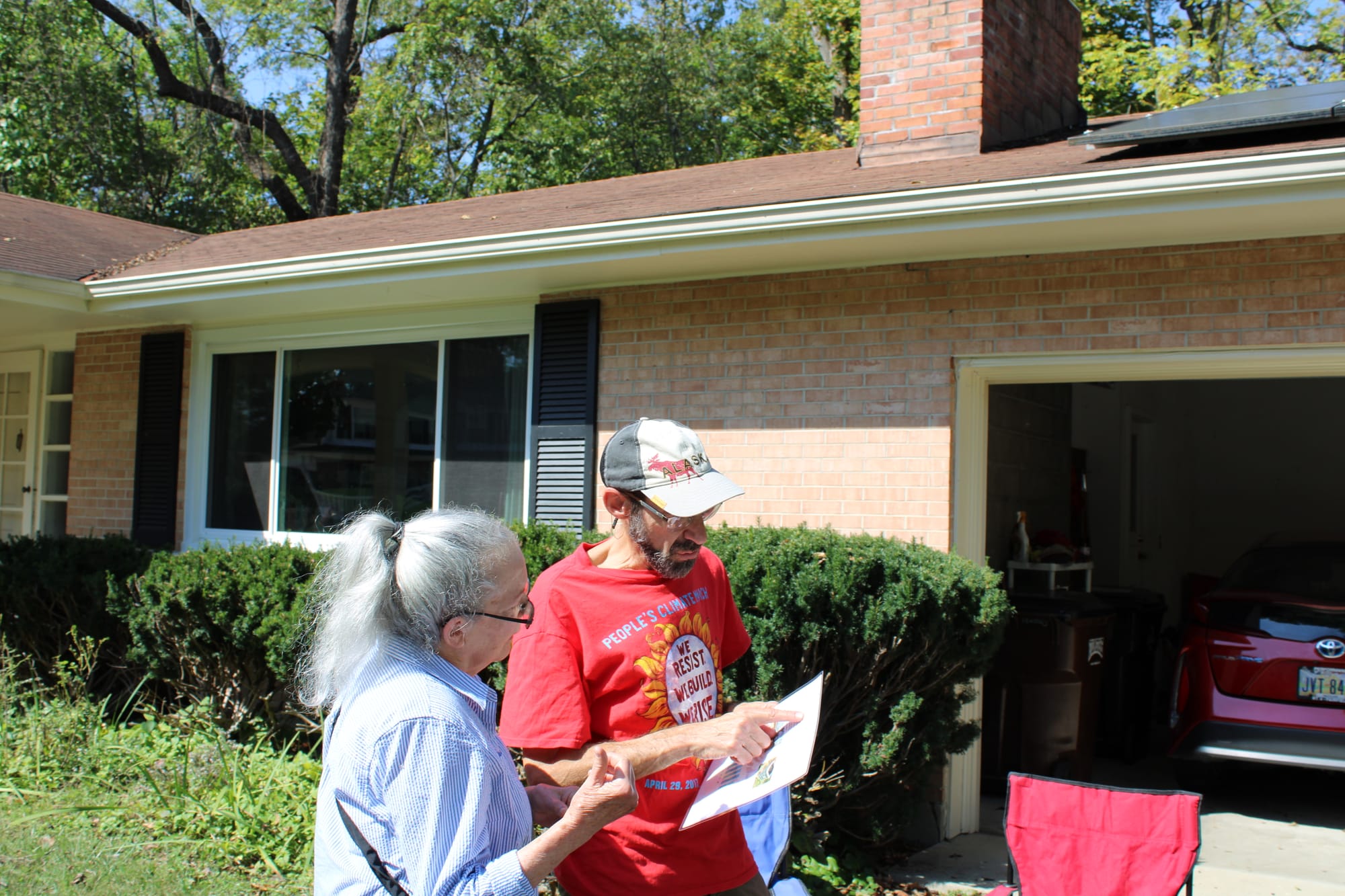
Between 2019 and 2020, Vice-Mayor Chantel Raghu organized a group purchase and installation for the city through Pro Lighting and Solar, encouraging more residents to make the switch.
“I believe in us having [energy] independence as a local municipality, and we should try to produce energy locally and for the cost savings of my neighbors and people in the community,” Raghu said.
David Gorchov, Miami University professor and member of the Climate Action Steering Committee, opened up his home for the tour on Oct. 5. Gorchov has had solar panels on his roof since last year and owns a hybrid electric vehicle.
“My wife Vivian and I have always thought that we should be a part of the solution to climate change and not part of the problem,” Gorchov said.
During the open house, Gorchov’s EV sat in the garage, charged by the electricity produced by his solar panels. Ohio’s net metering law means excess energy he produces is exported back to the grid and taken off his next month's bill as a credit.
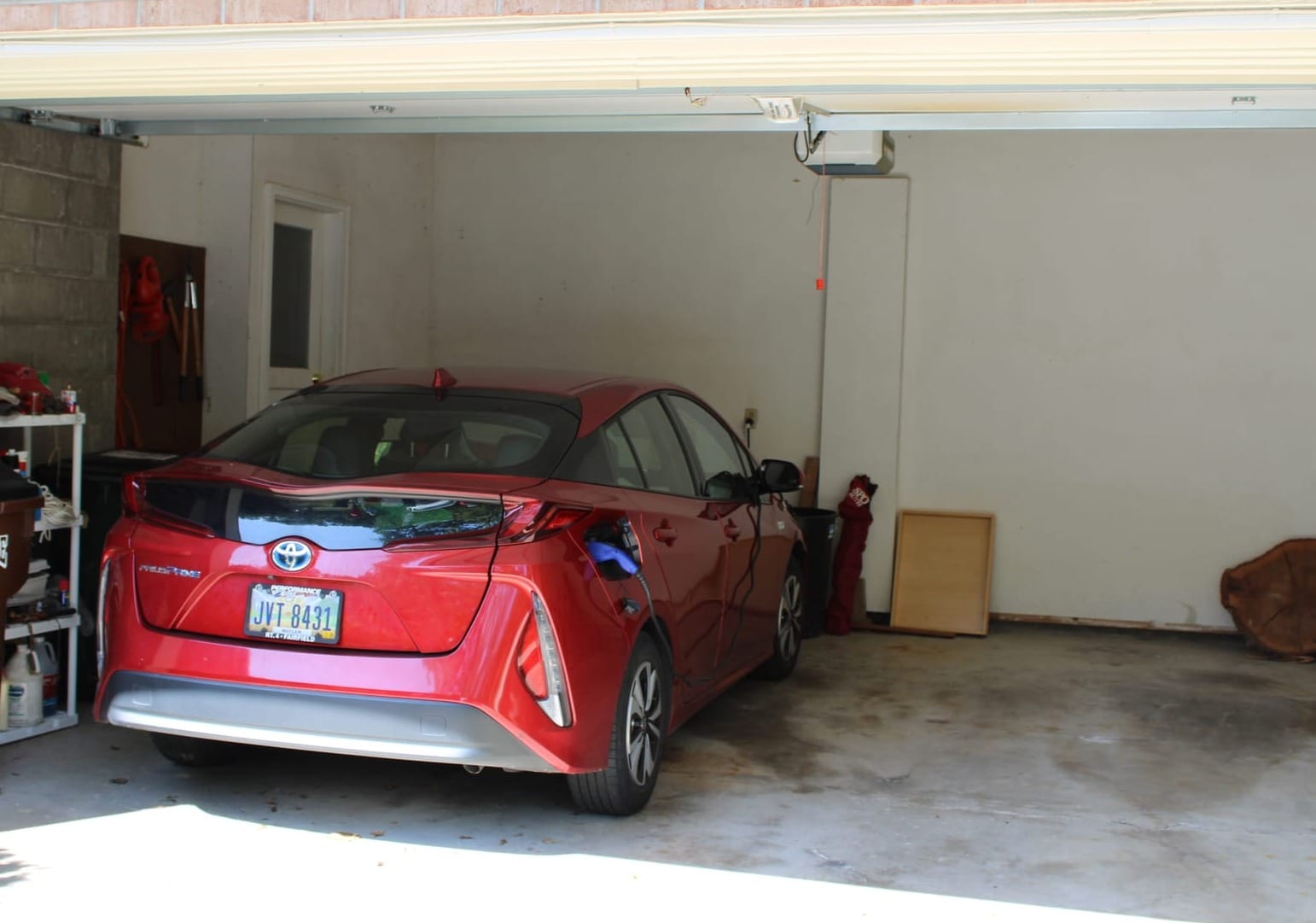
“I go a couple months in a row without paying anything for electricity,” Gorchov said, “and then I start paying again, but annually it’s less electricity.”
The federal Inflation Reduction Act (IRA) passed in 2022 marked the single largest investment in renewable energy by the U.S., For individuals switching to cleaner sources of energy on their own, the bill provides a tax credit of up to 30%.
The city hosts many events to inform residents about IRA incentives and benefits, such as the Electrification and Efficiency Fair which will take place on Oct. 23 this year. The event hosts many vendors whose products can be discounted with the act.
Branstrator, who presented at last year’s event, said that this year's event would feature new vendors and more electric vehicles.
“The city can’t do it alone,” Branstrator said. “It’s going to require lots of small … changes and maybe some big ones, in how they do their day-to-day stuff or it’s not gonna work.”
Some states like California and New York provide further incentives for homeowners to invest in solar panels on their homes. In California, homeowners can get rebates for installing solar batteries, and the state won’t increase property taxes after solar panels are installed. Ohio, meanwhile, lets homeowners earn and sell one solar renewable energy credit for each megawatt-hour of energy produced by their solar panels. Ohio’s Property-Assessed Clean Energy (PACE) program also offers PACE loans with 15 to 25-year terms that can cover up to 100% of the upfront cost of an energy program.
Carla Blackmar, an Oxford resident and technician for the Hefner Museum of Natural History, opened her house to the solar tour on Oct. 6. While the state does have some programs, Blackmar said it could still be doing more to make renewable energy more accessible.
“That’s really important for ensuring that this is financially accessible to more people and that more people are getting those benefits,” Blackmar said. “We need the state of Ohio to get that program online as soon as possible.”
Despite these challenges, Blackmar believes that events such as the National Solar Tour will help encourage clean energy adoption within the community.
“To the extent that we can keep telling people about these opportunities, through our efficiency fairs, through things like the solar tour, that’s really important work because a lot of times people can really benefit,” Blackmar said.
Branstrator said that now is a good time to switch to renewable energy, given the uncertain political climate and potential policy changes.
“The goal is to reduce the effect of climate change because that’s going to get reduced one way or the other,” Branstrator said. “We can voluntarily work on this, or Mother Nature is going to do it for us, and that’s not going to be pretty.”


